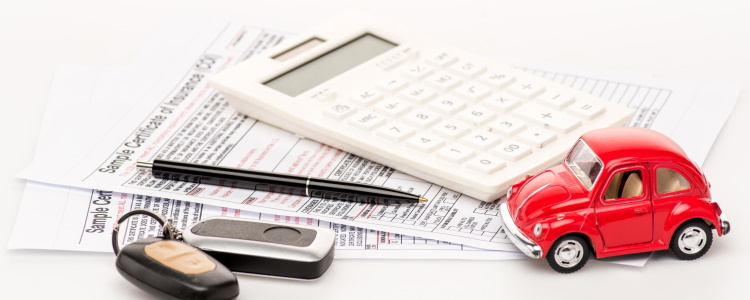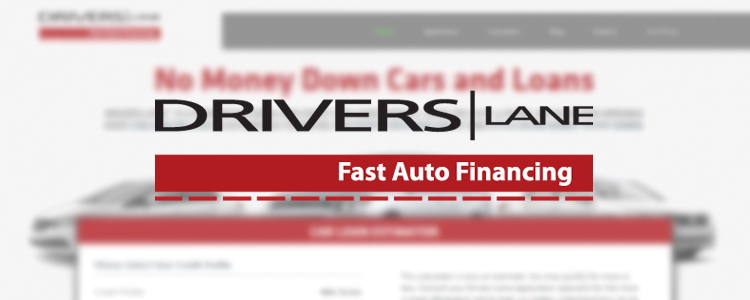If you're one of the millions of Americans that are looking to take advantage of the pandemic car buying deals, you need to be confident that you can afford the vehicle for the entire loan term. With some deals offering deferments for a few months in the beginning, you have to be prepared to pay for your car loan post-COVID.
Some COVID-19 Pandemic Perks May End
 With the current state of affairs in America, many people are out of work and trying to deal with bills in the midst of a pandemic. If you're one of them, you may be wondering how to deal with the deluge of debt once the resulting perks – like deferred payments, auto insurance rebates, and income stimulus – end. A big risk for people who have been reliant on these programs is being unable to afford bills once they come to a close.
With the current state of affairs in America, many people are out of work and trying to deal with bills in the midst of a pandemic. If you're one of them, you may be wondering how to deal with the deluge of debt once the resulting perks – like deferred payments, auto insurance rebates, and income stimulus – end. A big risk for people who have been reliant on these programs is being unable to afford bills once they come to a close.
As we move deeper into the year, many perks designed to get people through are coming or already have come to a close. These programs were mainly designed as a patch to get across the hurdles created by the global pandemic. But, as the virus continues to rage through the United States, some of these programs are proving unsustainable.
One thing that you may find yourself running into trouble with is making car payments. In order to remain on top of your bills, you need to go into an auto loan knowing if you can handle all your future payments. Since this isn't always at the front of your mind when shopping for a vehicle, it can become hard to manage if you didn't build a budget to begin with.
5 Budget Basics for a Car Loan
Building a budget is key to knowing how much of an auto loan you can get. If you budget wisely, you can find a balance between the loan term and monthly payment that makes sense for you.
Lenders base your ability to take on a car loan on factors such as your minimum income, how much income you have available, and how much of your income is being used by your auto loan and insurance payments. You can also monitor these things to make sure that you aren't stretching your wallet too thin.
If you're dealing with poor credit, budgeting for a car loan is especially important. Lower credit scores tend to mean higher interest charges, which can affect the overall cost of your loan in the long run.
There are five things that you should pay attention to when you begin your budget for car shopping:
- Your minimum income – Most lenders that work with poor credit consumers have a minimum income requirement for auto loans. The specifics may vary, but many lenders stipulate that you must make around $1,500 to $2,500 a month before taxes from a single source.
- Your debt to income ratio – A debt to income (DTI) ratio is a calculation done by lenders to let them know how much of your pre-tax monthly income is being used for your existing recurring bills. In order to qualify for a subprime car loan, most lenders need you to have around 50% to 55% of your income available after paying your monthly bills, including your estimated auto loan and insurance payments.
- Your payment to income ratio – A payment to income (PTI) ratio lets lenders know how much of your income is being used by your car loan and auto insurance. This is calculated by adding your monthly loan and insurance payments together, and dividing the amount by your gross monthly income. Lenders don't typically offer car loan approvals if that amount is greater than 15% to 20% of your monthly income.
- Tax, title, and license fees – When you finance a vehicle, there are some fees and charges that you have to pay up front. Even when a lender agrees to roll these fees into your monthly payment, it may be a better choice to pay them up front and save yourself the additional interest you accrue by adding to your loan principal. Tax, title, and license fees vary by lender and state, so it's important to know what they look like in your area before you start shopping.
- Down payment – A down payment is separate from other fees, and can't always be rolled into your loan. Subprime lenders usually require at least $1,000 down or 10% of the car's selling price, sometimes whichever is lower. Though the required amount can vary, one thing that's universal is the need for a down payment when you have bad credit. It may seem inconvenient at first, but, in reality, a down payment is one of simplest ways to help yourself get a leg up on your auto loan.
Ready for Your Next Auto Loan?
Now that you know what’s expected when it comes to paying for a car loan, you can start your shopping in earnest. Remember, even if you do qualify for pandemic perks when it comes to your next auto loan, they're not likely to last for your entire loan term, so make sure you build a budget that you can sustain post-coronavirus.
If you're not sure where to start looking, you can begin right here with Drivers Lane. We work hard to get people connected to dealerships that are signed up with lenders who want to help people that are struggling with credit issues.
Don't let the pandemic economy or your poor credit come between you and the vehicle you need. Just fill out our fast, free, and no-obligation car loan request form, and we'll get to work matching you with a dealer in your area!



















